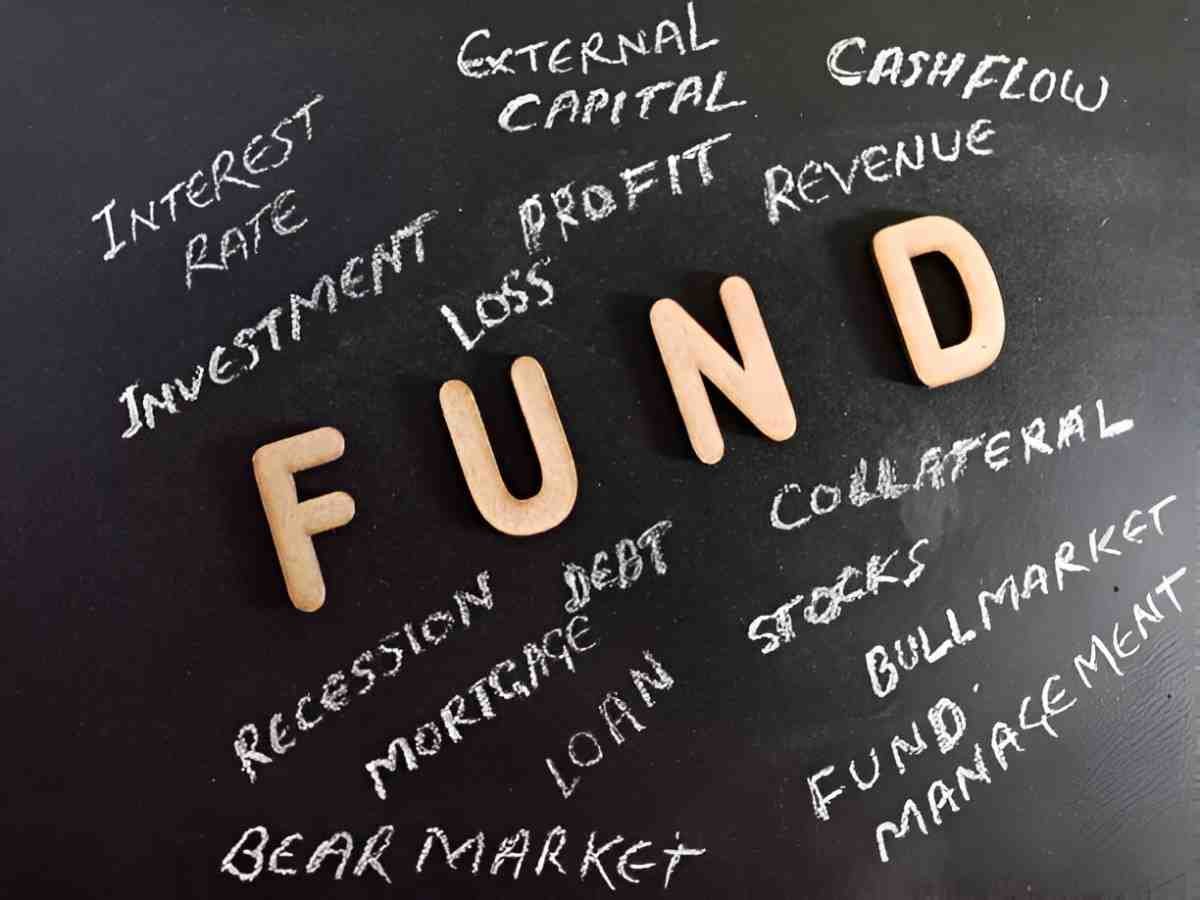As a finance expert, I often get asked about American Funds and their mutual fund offerings. Investors trust American Funds for their long-term performance, disciplined approach, and experienced management. In this guide, I break down the American Fund mutual funds list, analyze their strategies, compare performance, and help you decide if they fit your portfolio.
Table of Contents
Understanding American Funds
American Funds, part of Capital Group, has been a dominant player in the mutual fund industry since 1931. They manage over $2 trillion in assets, with a focus on active management and a multi-manager system that diversifies decision-making.
Why Investors Choose American Funds
- Long-Term Performance – Many of their funds have outperformed benchmarks over decades.
- Experienced Management – They employ a team-based approach rather than relying on a single fund manager.
- Lower Fees Than Many Active Funds – Their expense ratios are competitive, especially for their investor share classes.
American Fund Mutual Funds List: Key Offerings
Here’s a breakdown of some of their most popular funds:
1. Growth Fund of America (AGTHX)
- Objective: Long-term capital growth.
- Top Holdings: Microsoft, Amazon, NVIDIA.
- Expense Ratio: 0.62%
- 10-Year Annualized Return: 12.3% (as of 2023).
2. Investment Company of America (AIVSX)
- Objective: Growth and income.
- Top Holdings: JPMorgan Chase, Broadcom, Home Depot.
- Expense Ratio: 0.59%
- 10-Year Annualized Return: 10.1%.
3. Washington Mutual Investors Fund (AWSHX)
- Objective: Dividend-focused growth.
- Top Holdings: Microsoft, Johnson & Johnson, Procter & Gamble.
- Expense Ratio: 0.58%
- 10-Year Annualized Return: 9.8%.
4. EuroPacific Growth Fund (AEPGX)
- Objective: International growth.
- Top Holdings: ASML, LVMH, Taiwan Semiconductor.
- Expense Ratio: 0.82%
- 10-Year Annualized Return: 6.4%.
5. The Income Fund of America (AMECX)
- Objective: Current income with growth.
- Top Holdings: Verizon, AT&T, Exxon Mobil.
- Expense Ratio: 0.57%
- 10-Year Annualized Return: 7.2%.
Performance Comparison
Let’s compare these funds against their benchmarks:
| Fund Name | Benchmark Index | 10-Year Return (Fund) | 10-Year Return (Index) |
|---|---|---|---|
| Growth Fund of America | S&P 500 | 12.3% | 12.1% |
| EuroPacific Growth | MSCI EAFE | 6.4% | 4.9% |
| Income Fund of America | Bloomberg U.S. Agg Bond | 7.2% | 3.5% |
Key Takeaway: Most American Funds have either matched or slightly outperformed their benchmarks, with international and bond-focused funds showing stronger relative performance.
Expense Ratios and Fees
American Funds are known for reasonable fees compared to other active funds. However, they are still more expensive than index funds.
- Average Expense Ratio (American Funds): ~0.60%
- Average Expense Ratio (Index Funds): ~0.05%
For example, if you invest $10,000 in AGTHX with a 0.62% expense ratio versus an S&P 500 index fund at 0.03%, the difference over 20 years (assuming 8% annual return) is:
FV_{AGTHX} = 10000 \times (1 + 0.08 - 0.0062)^{20} \approx 46,520 FV_{Index} = 10000 \times (1 + 0.08 - 0.0003)^{20} \approx 49,645The index fund saves you $3,125 over two decades.
Investment Strategy: The Multi-Manager System
American Funds uses a unique multi-manager approach, where several portfolio managers independently oversee portions of the fund. This reduces reliance on a single decision-maker and diversifies risk.
Mathematical Advantage of Diversified Management
If each manager has an independent probability of outperforming the market:
P(\text{At least one manager outperforms}) = 1 - (1 - p)^nWhere:
- p = probability of a single manager outperforming.
- n = number of managers.
For example, if p = 0.6 and n = 5:
P = 1 - (1 - 0.6)^5 = 0.9898 (98.98% chance at least one outperforms).
This system improves consistency, though it may limit extreme outperformance.
Tax Efficiency
American Funds are not the most tax-efficient due to active trading. Turnover ratios vary:
- Growth Fund of America: ~30% turnover.
- Investment Company of America: ~25% turnover.
Higher turnover leads to capital gains distributions, which can create tax liabilities for investors in taxable accounts.
Who Should Invest in American Funds?
- Long-Term Investors: Their funds work best with a 10+ year horizon.
- Investors Seeking Active Management: If you believe in skilled stock-picking.
- Retirement Accounts (401k, IRA): Tax-inefficiency is less of an issue here.
Alternatives to Consider
- Vanguard Index Funds – Lower fees, better for passive investors.
- Fidelity Contrafund – Another strong active growth fund.
- Schwab S&P 500 Index Fund – Ultra-low-cost alternative.
Final Verdict
American Funds remain a solid choice for investors who prefer active management with a long-term focus. While their fees are higher than index funds, their consistent performance and multi-manager system justify the cost for many.
Would I recommend them? Yes, but selectively. Funds like Growth Fund of America and EuroPacific Growth have strong track records, while others may not justify their fees compared to passive options.





